
7 Powerful Fruits to Preserve Muscle Strength and Energy After 50
As we age, it’s normal to experience a gradual decline in muscle mass, energy, mobility, and overall physical performance. After 50, this process can accelerate—especially without proper nutrition, hydration, movement, and recovery.
The good news? Certain fruits are packed with vitamins, minerals, antioxidants, and natural compounds that support muscle health, circulation, and cellular protection. When eaten regularly as part of a balanced diet, they can help preserve strength, reduce fatigue, and promote long-term vitality.
Here are seven fruits scientifically linked to better muscle function and healthy aging, along with tips to maximize their benefits.
1. Kiwi — Muscle Recovery & Antioxidant Shield
Kiwi is rich in vitamin C, vitamin E, potassium, and amino acids, all of which help repair muscle tissue after exercise. Its potent antioxidants fight cellular aging and inflammation, supporting stronger muscles over time.
Additional benefits include improved digestion and better sleep quality, both essential for energy, recovery, and overall daily functionality.
Tip: Pair kiwi with a small handful of nuts or Greek yogurt for a post-workout snack to further boost recovery.
2. Banana — Fast Energy & Cramp Prevention
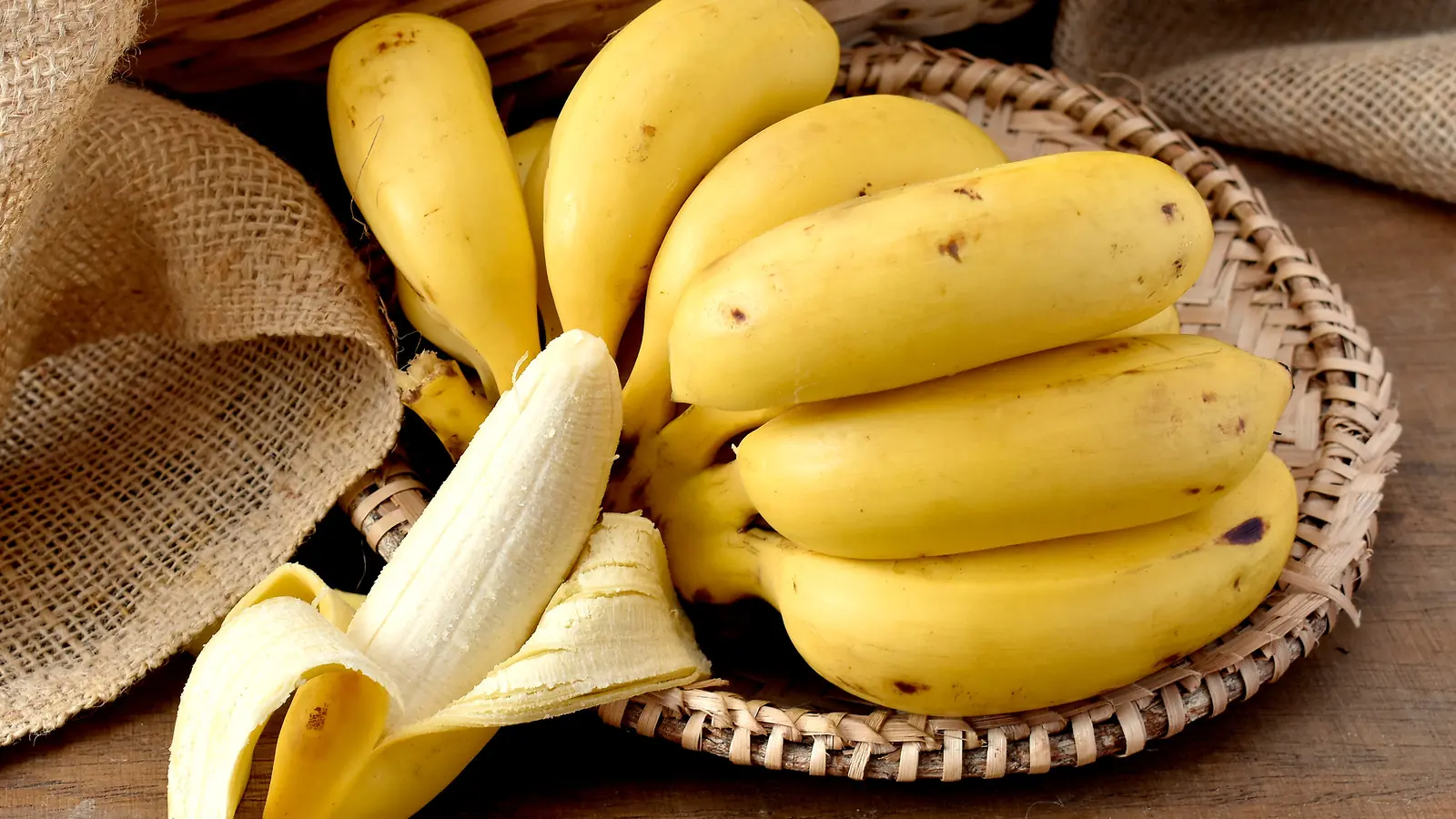
Famous for its potassium content, banana helps regulate muscle contraction, nerve signaling, and hydration balance. It also provides magnesium, which eases post-exercise soreness and prevents painful cramps.
With natural carbohydrates, bananas are an excellent pre- or post-workout fruit for quick, gentle energy.
Extra tip: Freeze bananas and blend with Greek yogurt for a potassium-rich smoothie that also supports muscle repair.
3. Papaya — Better Digestion, Better Muscle Nutrition
Papaya contains papain, an enzyme that enhances protein digestion and absorption—crucial for maintaining muscle mass as we age. Its vitamin C, folate, and beta-carotene support tissue repair, immune function, and cellular protection.
A healthy gut ensures nutrients reach the muscles effectively, enhancing energy and strength.
Extra tip: Combine papaya with a small portion of cottage cheese or yogurt for a muscle-friendly dessert.
4. Grapes — Circulation Support for Stronger Muscles
Dark grapes are rich in resveratrol and anthocyanins, antioxidants that improve blood flow and reduce inflammation. Better circulation means more oxygen and nutrients reach the muscles, supporting strength, endurance, and recovery.
They also benefit heart health, which is especially important after 50.
Extra tip: Snack on grapes frozen or fresh to support recovery after aerobic activities like walking or swimming.
5. Avocado — Healthy Fats for Sustained Strength
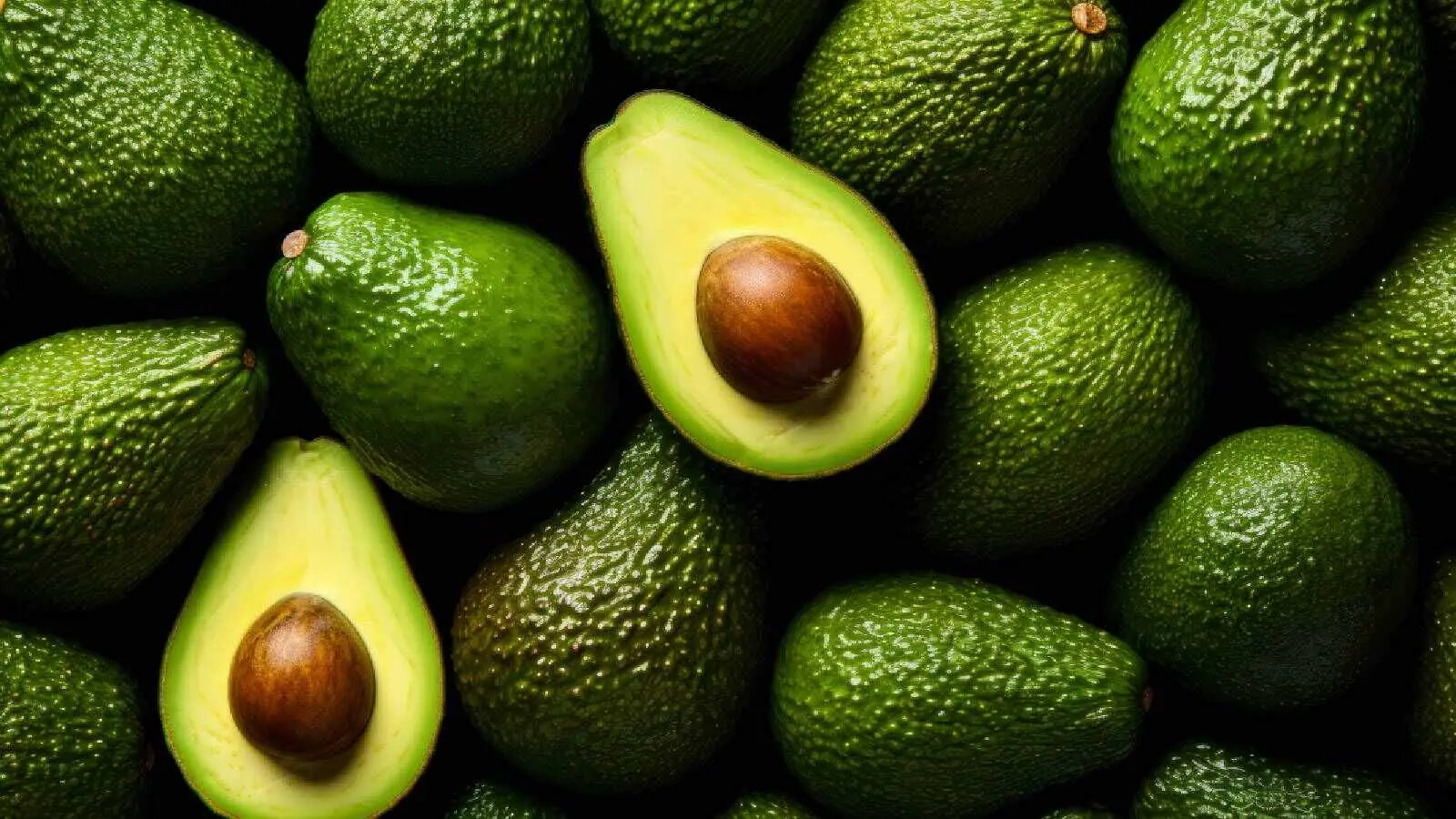
Avocados offer monounsaturated fats, fiber, vitamin E, B vitamins, and potassium, providing stable energy, reduced muscle fatigue, and strong cardiovascular function.
Half an avocado a day can support muscle preservation, joint comfort, and long-term energy.
Extra tip: Use avocado in salads, smoothies, or spread on whole-grain toast for a nutrient-dense snack.
6. Orange — Collagen, Joint, and Muscle Protection
Oranges deliver vitamin C, essential for collagen production, which keeps muscles, tendons, bones, and ligaments resilient. The fruit also combats oxidative stress, improving stamina, mobility, and recovery.
A single orange daily can help maintain overall musculoskeletal strength.
Extra tip: Combine orange segments with leafy greens for a refreshing salad that supports joint and muscle health.
7. Apple — Natural Anti-Inflammatory Power
Apples contain quercetin, a powerful antioxidant that reduces inflammation and protects muscle cells. Their soluble fiber (pectin) helps stabilize blood sugar and cholesterol, supporting metabolic efficiency—crucial for energy and lean mass maintenance.
They’re affordable, convenient, and perfect for everyday muscle support.
Extra tip: Eat apples with a small handful of almonds to pair fiber with protein for sustained energy.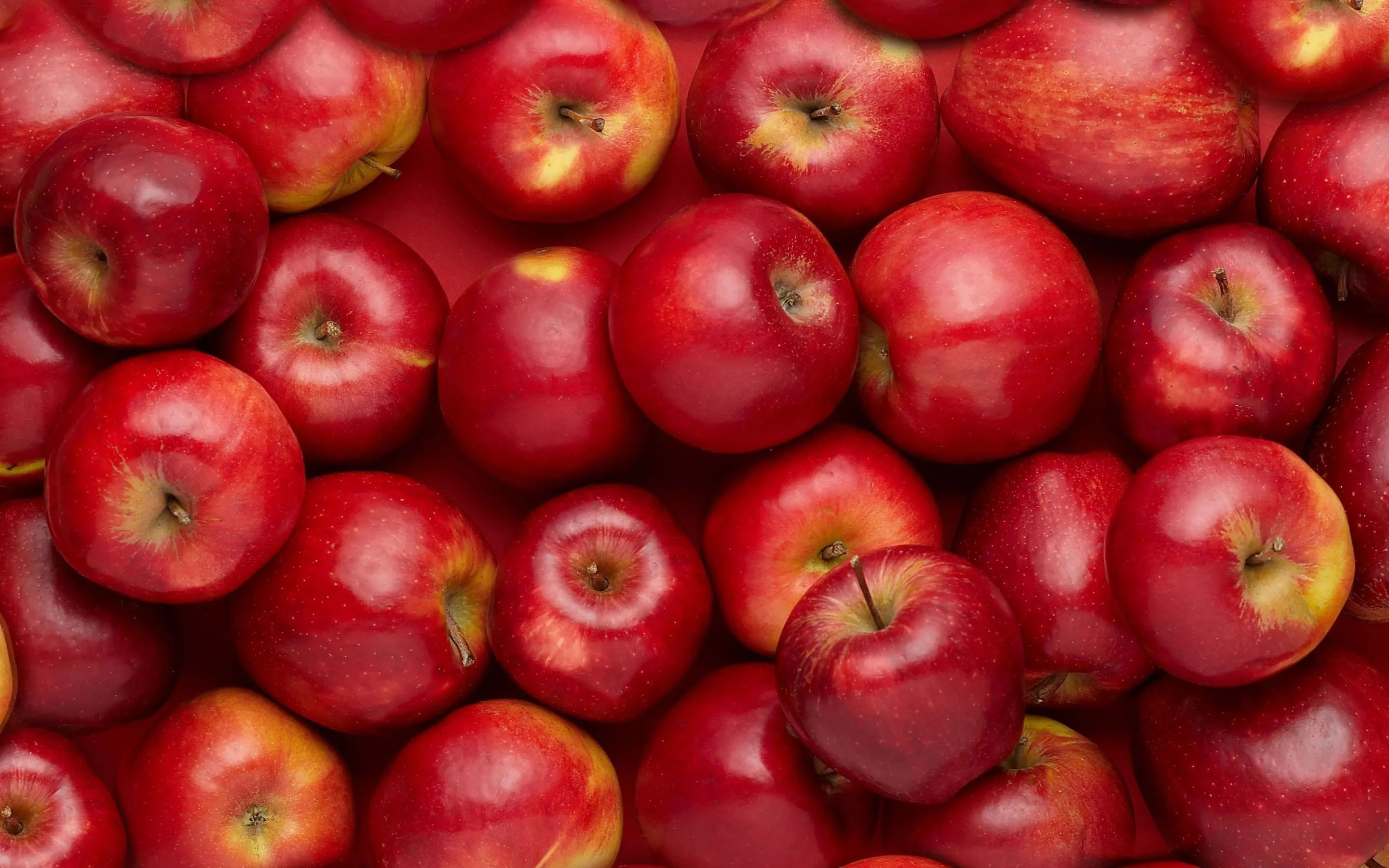
Extra Tips to Preserve Strength After 50

-
Pair fruits with protein: Greek yogurt, nuts, chia seeds, cottage cheese, eggs, or legumes help build and maintain muscle.
-
Stay hydrated: Even mild dehydration decreases strength, endurance, and recovery.
-
Exercise consistently: Resistance training, walking, swimming, Pilates, or light yoga improve balance, stability, and muscle function.
-
Avoid added sugars: Whole fruits are better than industrialized juices or desserts.
-
Rotate your fruits: Different fruits provide diverse nutrients for broader protection.
-
Prioritize recovery: Sleep, stretching, and gentle massage reduce muscle stiffness and support growth.
-
Monitor your micronutrients: Ensure sufficient vitamin D, magnesium, and calcium intake to support muscle and bone health.
Final Note
Healthy aging isn’t just about living longer—it’s about staying active, strong, confident, and independent. Incorporating these fruits into your daily routine is a simple, delicious strategy to maintain muscle function, energy, and vitality after 50.
Small nutritional choices today can transform mobility, strength, and quality of life tomorrow.
News in the same category


Fenugreek Seeds for Hair Growth: The Power of Fenugreek Hair Rinse and Its Benefits for Hair

Japanese Milk Wax To Get Rid Of Unwanted Facial Hair

When Will I Outgrow My Acne? The Difference Between Adult and Teen Acne

5 Mascara Tips For Short Lashes

LEVEL UP YOUR LASH GAME: Top 5 Tips for Eyelash Extension Success!

Forehead Acne and What to Do About It

11 Common Eyebrow Mistakes Women Make in Their 60s (And How to Fix Them!)

How to Prevent and Treat Age Spots: Expert Tips for Radiant Skin

5 Ways Your Skin Changes as You Age and How to Keep It Vibrant

DIY Fenugreek Oil for Hair Growth – Get Thick Hair

Brow Boosting Serum: The Natural Way to Achieve Full, Thick Eyebrows

DIY Vaseline Cream: The 4-Ingredient Glow Hack That Makes Your Skin Baby-Soft Overnight

DIY Fenugreek Hair Masks for Hair Growth & Reducing Hair Fall
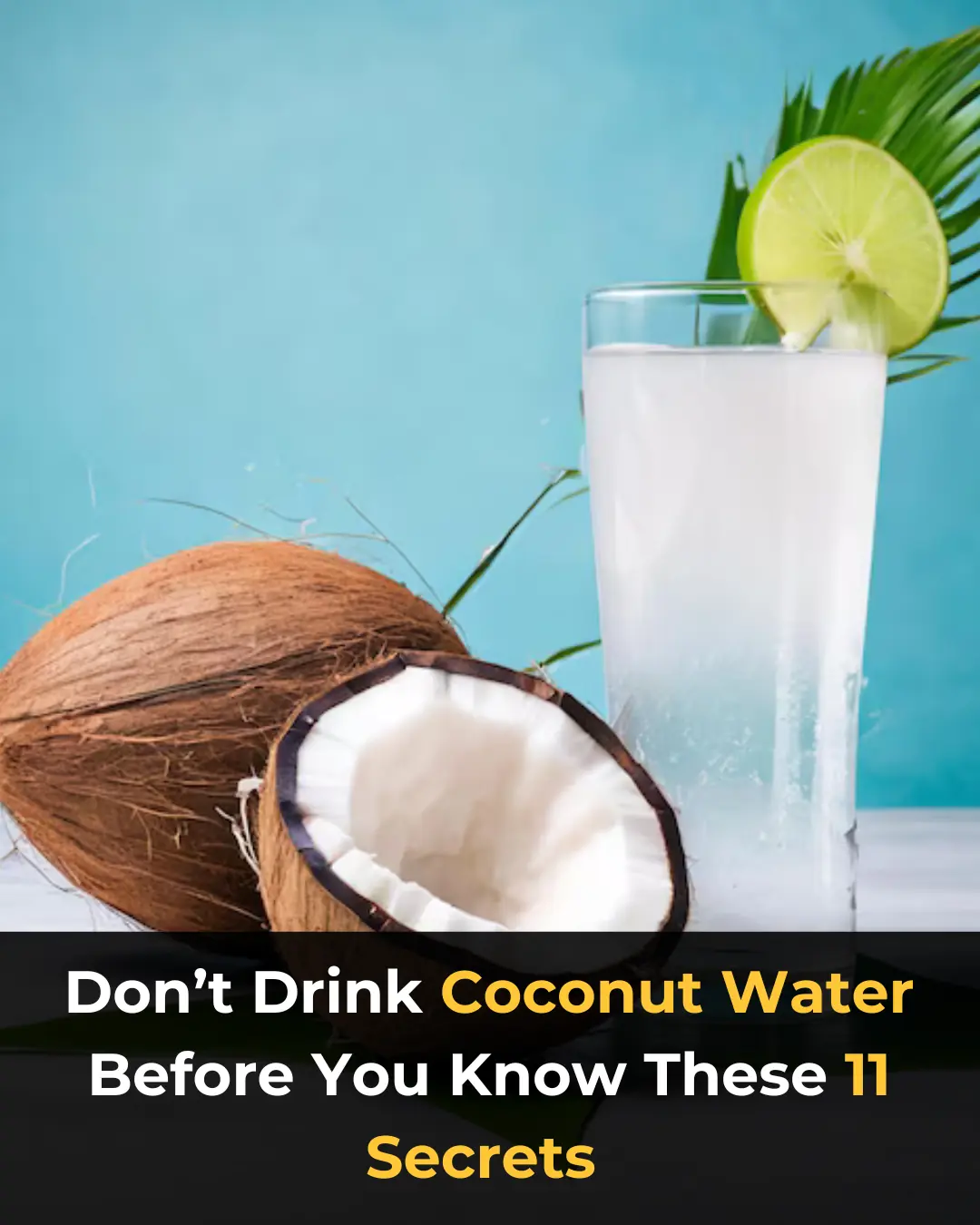
Don’t Drink Coconut Water Before You Know These 11 Secrets!
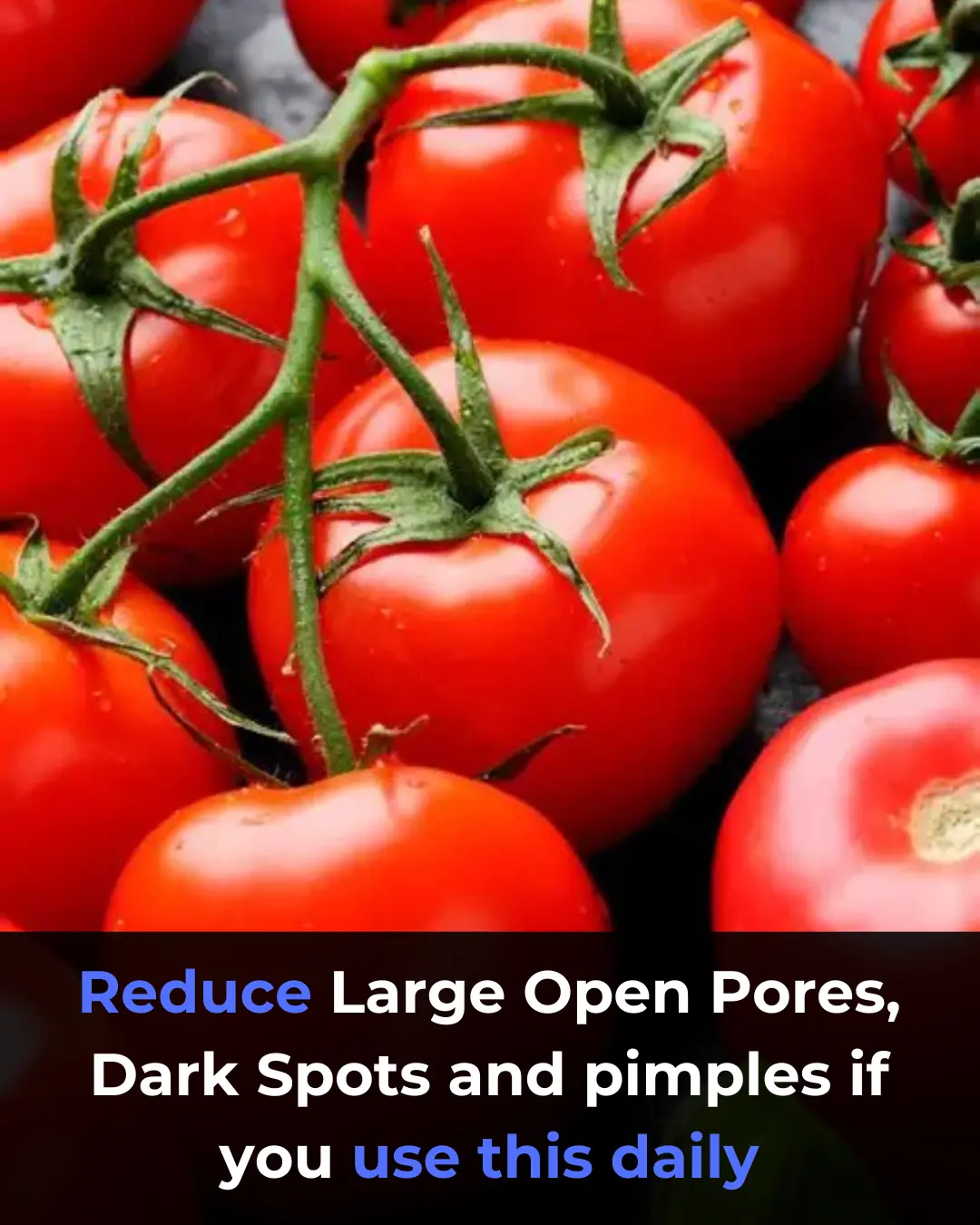
Tomato Benefits for Skin – How Tomato Slices Can Transform Your Skin Naturally

3 Steps Skin Care To Get Dewy Glass Skin

Vaseline Uses and Benefits for Skin, Lips, and Hair

Retinol Cubes Age 40, she rubs 1 cube daily, Never had any Dark Spots
News Post

Unlock Radiant Skin: The Ultimate Guide to Using Beetroot Gel for Glowing, Spotless Skin

Fenugreek Seeds for Hair Growth: The Power of Fenugreek Hair Rinse and Its Benefits for Hair

Japanese Milk Wax To Get Rid Of Unwanted Facial Hair

When Will I Outgrow My Acne? The Difference Between Adult and Teen Acne

5 Mascara Tips For Short Lashes

LEVEL UP YOUR LASH GAME: Top 5 Tips for Eyelash Extension Success!

Forehead Acne and What to Do About It

11 Common Eyebrow Mistakes Women Make in Their 60s (And How to Fix Them!)

How to Prevent and Treat Age Spots: Expert Tips for Radiant Skin

5 Ways Your Skin Changes as You Age and How to Keep It Vibrant

DIY Fenugreek Oil for Hair Growth – Get Thick Hair

Brow Boosting Serum: The Natural Way to Achieve Full, Thick Eyebrows

Why You Should Be Putting Salt in Your Toilet

Why Some Children Don’t Visit Their Parents Often

DIY Vaseline Cream: The 4-Ingredient Glow Hack That Makes Your Skin Baby-Soft Overnight

DIY Fenugreek Hair Masks for Hair Growth & Reducing Hair Fall

Will Americans Receive $2,000 Stimulus Checks? What You Need to Know

Revolutionary Miniature Implant Offers New Hope for Restoring Vision in Macular Degeneration Patients

A Simple Superfood That Enhances Your Baby's Brain Development During Pregnancy
